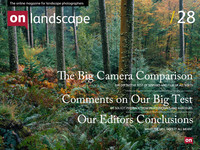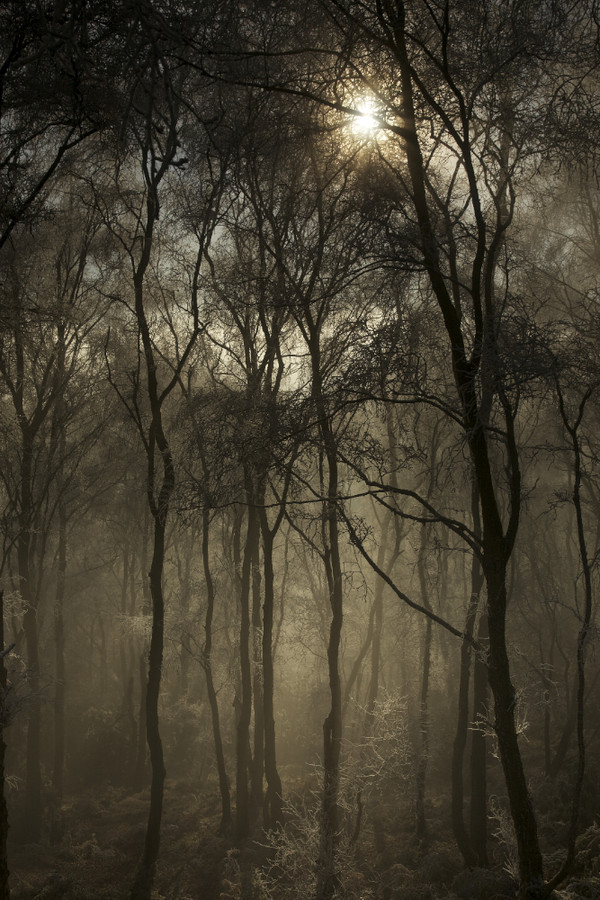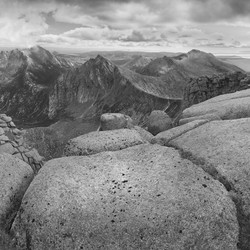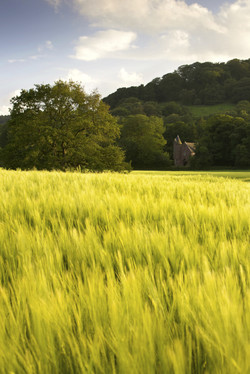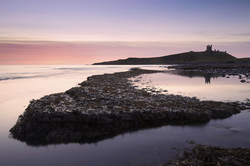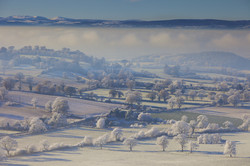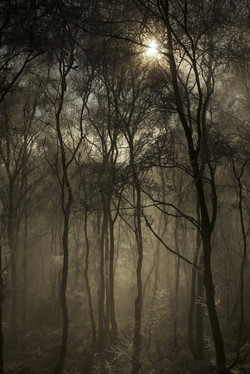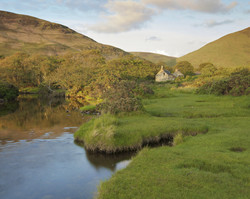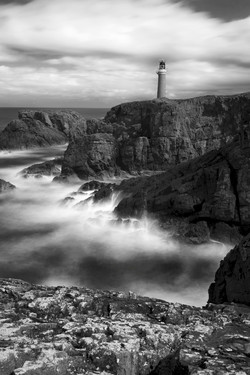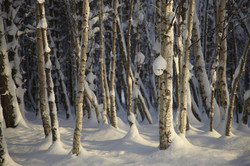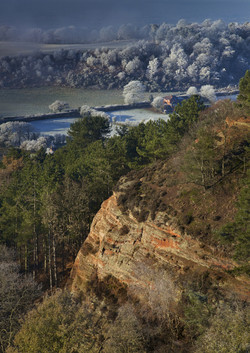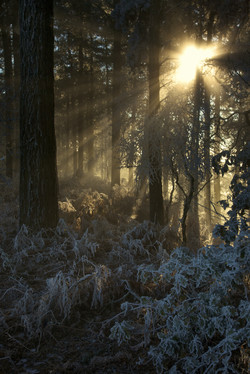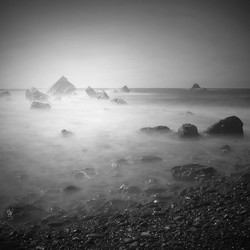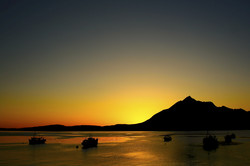Featured photographer

Tim Parkin
Amateur Photographer who plays with big cameras and film when in between digital photographs.
In this issue we talk to Peter Clark - a photographer from Staffordshire who, in my opinion at least, had the best image in this years Take a View competition (The Landscape Photographer of the Year). We asked him the typical questions.
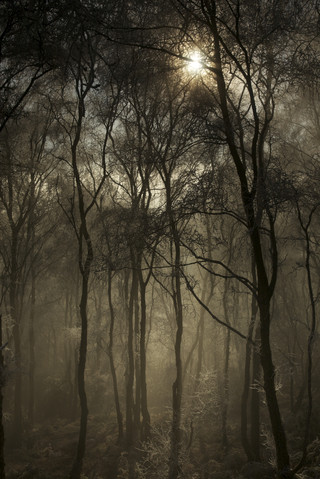 In most photographers lives there are 'epiphanic’ moments where things become clear, or new directions are formed. What were your two main moments and how did they change your photography?
In most photographers lives there are 'epiphanic’ moments where things become clear, or new directions are formed. What were your two main moments and how did they change your photography?
I got into photography almost by accident; my first passions were rock climbing and mountaineering, and it was through these activities that I developed a deep appreciation for nature and the landscape. Climbing immersed me in a world that had previously been unimaginable to me and it captured my imagination in a way that nothing else ever had. When I got home from my climbing trips I desperately wanted to show my friends and family the places that I’d been to, and so I became increasingly interested in photography.
I suppose I’d have to say that my first real epiphany happened five or six years ago when my father bought Colin Prior’s book, ‘Scotland, The Wild Places’ for my mother as a birthday present. I was immediately entranced by Colin’s stunning images of the Highlands and I fell in love with the panoramic format. For a number of years after that I don’t think I took a single image that wasn’t a panorama, and I measured the success of my images based on how similar they were to Colin’s!
So if my first epiphany was discovering the panoramic format, strangely enough my next one was realising that not all photographs had to be panoramic. I came around to the idea that ‘normal’ photographs could be just as visually stunning as their wider counterparts and I enjoyed being able to use my filters without having to worry about how the frames would stitch together in Photoshop. I was also forced to rethink my compositional style which really helped me to develop as a photographer. In other words, my second epiphany was realising that my first epiphany was a load of rubbish! That’s quite depressing.
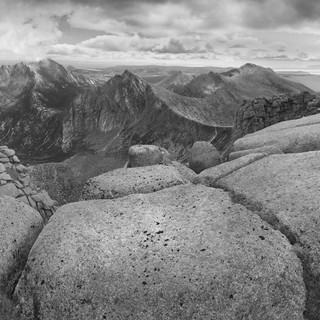 You studied art in school but went on to study adventure media; kayaking, climbing, writing, etc. What got you interested in art and did you think about studying it at university?
You studied art in school but went on to study adventure media; kayaking, climbing, writing, etc. What got you interested in art and did you think about studying it at university?
I’ve been interested in art in some way or another for as long as I can remember. I was fascinated by birds and ornithology when I was much younger and I spent countless hours making detailed sketches of various species wherever I could, normally in the back of school exercise books! In my mid-teens the birds turned into cars, and I decided that I wanted to become a car designer when I left college, which would have meant studying art at university. However, climbing eventually took over and I moved away from the idea of studying art.
You mentioned that you got worse results with your first DSLR than the compact that you were already unhappy with - what happened? How did you get to where you were happy?
I think that’s true. I know that certain members of my family were not too keen on the idea of me spending all that money on fancy camera equipment, and so I felt a lot of pressure to try to prove them wrong. I saw using auto mode as cheating, meaning that the results that I was getting were poor in comparison to what I’d been used to with my little Olympus compact. After a while though, and a lot of trial and error, I did start to see an improvement in my pictures. I’m still nowhere near where I want to be though!
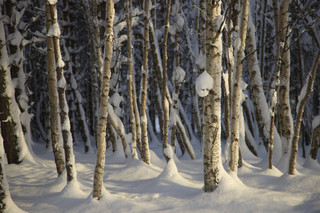 Could you tell us a little about the cameras and lenses you typically take on a trip and how they affect your photography
Could you tell us a little about the cameras and lenses you typically take on a trip and how they affect your photography
I’m afraid to say that I’ve always been a digital photographer and I wouldn’t know where to begin with a film camera (I realise that this may make me unpopular on here!). My first ‘proper’ camera was a Canon 30D which I used with an EF 24-105 f4L IS USM for a couple of years before taking the plunge and buying a 5D Mk II. At the same time as the camera I bought a 70-200 f2.8L IS USM, which is a fantastic lens but I must admit it doesn’t get all that much use, and more recently I’ve bought a 16-35 f2.8L II USM. I also use a Lee filter system and I’ve just got hold of a Heliopan 105mm circular polariser. My next purchase will hopefully be a 24mm TS-E lens.
Your climbing must be very important to you. Do you still climb and do you combine it with photography much?
It is, but not as much as it was. I find that I’m more interested in photography these days than climbing but I do enjoy it when I get the opportunity to do both at the same time. I’ve always been inspired by mountainous areas and I’d say that the vast majority of my images have been taken in the mountains and have required a certain amount of climbing in order to get the shot. I’ve been involved in a couple of climbing accidents and I’ve known people who have died climbing, and that has really made me reevaluate the risks involved.

Tell me what your favourite two or three photographs are and a little bit about them.
Like a lot of photographers, I find it quite difficult to judge my own work. My favourite images are invariably the ones that I enjoyed capturing the most or the ones that I associate with happy memories or good experiences, and in that respect, my favourite photos are not necessarily the same as my best ones.
I also change my favourites on a regular basis, but here are my current top three:
Derelict Cottage, Lochranza. I took this shot on the final evening of a two-week long holiday in the Scottish Islands. We spent a week working our way down through the Outer Hebrides and then we spent another week on the Isle of Arran. The weather was awful throughout and definitely not conducive to landscape photography. I was feeling really despondent on the final day when, suddenly, the clouds broke up and I was treated to this beautiful evening light. The only problem was the midges which were worse than I’ve ever known them! I think it was worth it in the end though.
Rawhead Woods. I haven’t always loved this shot but it has definitely grown on me recently (probably something to do with it earning me £1,000 in the LPOTY!). It was a fantastic morning when I took this shot and I went home with a number of images that I was pleased with. I took it during the prolonged cold spell that Britain experienced during December 2010.
I couldn’t talk about my favourite photos without mentioning at least one panorama! This shot was taken not long after I bought the 5D Mk II and it shows Loch an Eilean in the Cairngorm National Park. It is a stitch consisting of five photographs and I feel that it’s one of my better compositions. I love the way the mountains in the background get progressively further away and then they almost seem to blend into the clouds. I was also really luck with the direction of the light because it casts shadows over the loch and provides some foreground interest in an area that would be quite blank without.
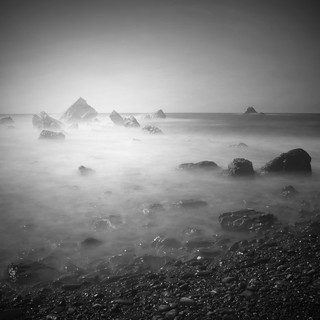 What sort of post processing do you undertake on your pictures? Give me an idea of your workflow..
What sort of post processing do you undertake on your pictures? Give me an idea of your workflow..
My workflow is pretty simple really. I invariably shoot RAW files and then import into Aperture. I have used Adobe Lightroom in the past but I find that Aperture is much more user-friendly and intuitive. If it’s a panorama that I’ve shot I then export the individual files and stitch them in PS CS4. I make all of the normal adjustments in PS including curves, levels, sharpening etc, and I fix any distortion if it needs it – which it normally does if I’ve used my 16-35mm. I then use masks to make any local adjustments. Sorry for being quite vague but each shot is entirely different and I don’t have a set workflow as such.
Your photograph that got into the Take a View competition is very good indeed. I was wondering how many pictures you entered and whether this was your favourite (most people say that the picture that was chosen typically isn’t)
Thank you Tim! I was honoured to be chosen as one of the winners, especially given the quality of the other work in the book. I can’t remember the exact number I entered, I think around seventeen perhaps. I wasn’t all that confident about any of them but I selected the winning image as a bit of a space-filler because I’d paid to enter the maximum number of images. As I mentioned before, I’ve grown to like the shot a lot more now but I think that’s because of the rewards that it’s brought me.
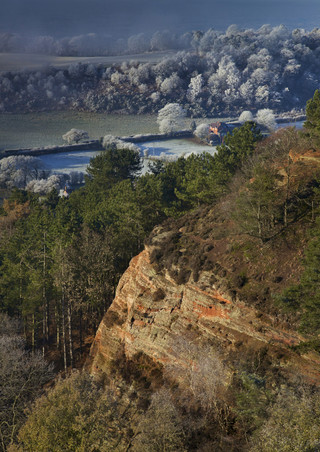 Do you print much of your work? If so how have you approached it and if not, why not?
Do you print much of your work? If so how have you approached it and if not, why not?
I do print my own work but I have a very haphazard approach to printing. I bought a Canon Pixma Pro 9500 II about a year ago and I print up to A3+. My monitor is not colour calibrated and so I have to print a series of test-prints before I get anywhere near decent results. I bought a book called Fine Art Printing for Photographers about two years ago but I haven’t got round to reading it yet. I suppose I should really!
Where do you want to take your photography? Have you thought about trying to earn money through it.
That’s a bit of a predicament for me at the moment. On the one hand it’s my hobby and I don’t want to risk losing it and on the other hand, who doesn’t want to earn their living doing the thing they love? At the moment I take photographs because I want to and I don’t want to get to the stage where I take photographs because I have to.
Tell me about the photographers that inspire you most.
First and foremost, I have to mention Colin Prior again. I am a huge fan of his work and I have probably taken more inspiration from him than any other photographer. I also love Joe Cornish’s images and ‘Scotland’s Mountains’ is one of my favourite photography books of all time. I recently bought ‘With Landscape in Mind’ and found it really interesting to be able to see how Joe works in the field and how he approaches landscape photography. Adam Burton is another landscape hero of mine and I recently bought one of his images of the New Forest which is sat just above me as I write this. His work is always technically superb and he has his own unique style that I really like.
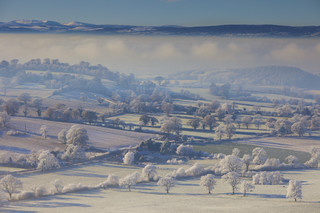 Other photographers that inspire me include Don Tiffney, who is always very constructive on Flickr and who posts some top-quality images, Michael Kenna, Doug Chinnery, Chris Friel, Pete Leeming and many more.
Other photographers that inspire me include Don Tiffney, who is always very constructive on Flickr and who posts some top-quality images, Michael Kenna, Doug Chinnery, Chris Friel, Pete Leeming and many more.
If you were told you couldn’t do anything art/photography related for a week, what would you end up doing (i.e. Do you have a hobby other than photography..)
I would probably head to the mountains somewhere and go climbing, cycling, skiing and walking for a week and maybe take a few good books for the evenings.
What sorts of things do you think might challenge you in the future or do you have any photographs or styles that you want to investigate? Where do you see your photography going in terms of subject and style?
The biggest challenge these days is finding enough time to go and take pictures. With working full-time I rarely get the opportunity to head out with the camera.
I would really like to be able to build up a bigger portfolio of Cheshire because I think it’s a beautiful county and it’s rarely explored by photographers. People tend to pass by on their way to North Wales or the Lake District.
I’m also becoming increasingly interested in more abstract landscapes and I want to experiment a bit more with ICM images like Chris Friel’s.
Who do you think we should feature as our next photographer?
Maybe someone like Robert Fulton. It would be interesting to get his perspective on winning LPOTY.

